In honor of Arbor Day coming up on April 24th, we thought we would talk about some of the top butterfly-supporting trees! The trees we have chosen wear multiple hats, so to speak. These trees will support more than one species of caterpillar in its development to becoming a full-fledged butterfly! Oak (Quercus spp.)
Sweetbay Magnolia (Magnolia virginiana )
Hackberry (Celtis occidentalis)
Serviceberry (Amelanchier arborea)
Paw Paw (Asimina triloba)
138 Comments
4/21/2020 08:39:10 am
This article is fantastic information for those of us working to reestablish environments friendly to pollinators and I thank you very much. I will share with our local church, Red Bank United Methodist Church in Red Bank, NJ. Will Arbor Day seedlings be available this year?
Reply
Anneli Kelley
4/21/2020 08:39:28 am
Very good article! I learned a lot!
Reply
Bonnie Hill
4/21/2020 08:41:39 am
fabulous source of info. thanks. sharing.
Reply
Cathy Streett
4/21/2020 08:43:34 am
Thanks for the great reference and for encouraging planting trees that support wildlife.
Reply
7/31/2023 02:35:12 am
I love your writing style! You managed to make a potentially boring topic engaging and interesting.
Reply
Cindy
4/21/2020 03:35:25 pm
This article is great and all the featured trees look wonderful. Thank you.
Reply
Susan Wilson
4/21/2020 05:49:31 pm
I recently have made the choice to "go to the beginning" taking the time to trace back to my earliest happy memories. The monarchs are among some of my happiest childhood memories. Climbing trees with my friend across the street was also a favorite pastime. My friend had a mimosa tree that was divided into probably five separate areas. We each would declare which part of the tree was our "house" and visit each other. Great fun. My tree was an enormous papershell pecan tree. Of course we were threatened with our lives if we climbed this tree, because it would knock the pecans off, but of course we did. The pecan was much more difficult to manuever, but oh the rewards of reaching the top and putting my head above the top limbs. I could see forever. This allowed my to survive some very difficulty times.
Reply
L Wolfe
10/24/2020 08:10:53 pm
I believe there are some inaccuracies here, as there often are on articles on host plants.
Reply
Summer Songs
4/17/2021 12:42:08 pm
Early on, teach your kids about butterflies and trees, and what critters live in our parks and backyards, right under our feet: their struggle for survival, and what they need to just maintain their populations. Remember, the earth is the birthright of all our native species. Our species takes thousands of square miles of the earth for our exclusive use, not to share with non-human life forms. Most people do not know or care about how much land and space is being repurposed for human-only use. Many never even consider it at all! Teach kids that a chewed leaf means another life form is using it as their food. Or an ugly knob on a branch is home to a new generation of insect. The web of life, the food chain, how we should respect it. We have the knowlege but we don't have the will to preserve it, as a society. It will be lost and gone with the next few generations.
Reply
4/20/2021 06:07:54 am
I found nice posts here. I like the way you describe. So perfect!
Reply
8/15/2023 02:59:58 am
Your content always stands out. It's informative and enjoyable to read.
Reply
Jennifer Helber
5/18/2021 06:37:33 pm
I have spotted several monarchs today—this must be their migration arrival in Kansas City. I noticed them near dusk flying among maple trees. Do they roost in trees other than hosts? Milkweed here is still pretty small.
Reply
5/20/2021 08:58:39 am
Very good article, thank you for sharing important informations
Reply
9/26/2023 04:35:17 am
Extremely decent blog! I would like to thank you guys for sharing such a fantastic blog.
Reply
Kristin Farrington
5/27/2021 10:29:51 am
Your photos of caterpillars are wonderful. Anyone from TN should have their own copy of Tennessee Butterflies by Ruth Venable.
Reply
6/25/2021 10:48:17 am
Hi there!
Reply
7/2/2021 04:46:40 am
Please consider replacing this article's European cherry and the Asian willow with native cherry and willow species. I'd hate to think this well-intentioned, informative article encourages readers to go out and buy exotic trees, when the native species will function so much deeper in their local ecosystems.
Reply
8/4/2021 06:01:11 pm
The Asian willow shown in the photo won’t be a host plant! Plant a NATIVE willow!
Reply
10/31/2021 07:02:35 am
INF Consulting provide market research services to clients in the domestic and international markets. INF Consulting is a reputed professional agency delivering expert knowledge and consultation related to your business requirements. Management consulting services offered by us, on the whole, is to improve marketing efforts and lead towards improved business efficiency for our clients.
Reply
11/4/2021 12:58:08 am
<a href="https://rattanmart.com/products/woven-round-rattan-bag">Round rattan bag</a>
Reply
11/28/2021 06:47:17 pm
I really feel scared when I see or touch the worms. However, I still find them very beautiful in the most natural way, what nature brings to the world is amazing. Thanks for your beautiful photos!
Reply
Richard
12/8/2021 09:21:42 am
<a href="https://www.thegardenstyle.com/vegetablesherbs/fast-growing-vegetables-for-impatient-gardeners/">Fast Growing Vegetables For Impatient Gardeners</a>
Reply
1/3/2022 10:35:50 pm
Wonderful creatures! They appear before humans and hope they will last forever :D
Reply
1/12/2022 11:43:33 pm
I believe there are some inaccuracies here, as there often are on articles on host plants.
Reply
2/1/2022 04:07:09 am
I really liked that photo Keep up the good work.
Reply
3/28/2022 03:26:20 pm
<a href=" https://bohemiansmart.com/collections/boho-bracelets"> Boho bracelets</a>are gorgeous accessories that can give life to a lot of boho looks. They usually have that rough, handmade look that is very characteristic of the boho vibe, but some can be really simple and clean cut too. Wrap bracelets are one of the most popular styles of boho accessories.
Reply
4/21/2022 12:02:10 pm
If you have empty white walls in your home and you want to fill the blank with something nice, something enlightening, and something healing, then <a href="https://bohemiansmart.com/products/7-chakra-tapestry-spiritual-tapestry">7 CHAKRA TAPESTRY</a> is what you need. It is a spiritual tapestry which will give a spiritual atmosphere at your home. Bohemians Mart is here to offer the best bohemian wall hangings for your home decor and will continue providing new ideas for a more vibrant, and more lively everyday experience!
Reply
5/24/2022 11:30:02 am
<a href="https://bohemiansmart.com/collections/bohemian-earrings"> BOHO EARRINGS</a> come in all shapes and sizes that can easily accommodate the style of any woman. They’re colorful, dangly and fun but there are also boho earrings that are very sober and small. Some of them are handcrafted and made using techniques like weaving and macrame. They are usually made from natural materials and include the additions of beads, stones, threads, rattan and in some cases, metal alloy and sterling silver. <a href="https://bohemiansmart.com/collections/bohemian-earrings"> BOHO EARRINGS</a> can also be studs and hoops. Like any other element of bohemian fashion, there really aren’t any strict rules when it comes to accessories and clothes. Boho earrings have that colorful, ethnic look because they are largely inspired in the culture of Asia and Africa.
Reply
6/12/2022 07:00:39 pm
DENTAL ART is a registered trademark from Government of Pakistan Trade mark ordinance 2001(Trade mark no: 530624) in class 44 under no 530624, Class 5 under TM 421524 and Punjab health commission (Registration no 06692 under private healthcare establishment section 13 of Punjab healthcare commission. It is one of the top 3 <a href="https://dentalart.net.pk">Best female dentist in Lahore</a> providing dental services since 2004 with the team of dental consultants registered with Pakistan medical council. If you need Any DENTAL service just contract us
Reply
6/20/2022 02:23:21 pm
If you want to choose an electric skateboard, you should consider a few factors and do some research. You must decide why you are buying an electric skateboard. Irrespective of whether it is for pleasure or not. Next, you need to determine the amount of force you need based on the area where you live or want an Entertaining electric skateboard. Next, you need to determine the amount of force you need based on the area where you live or want an Entertaining Electric Skateboard.
Reply
6/30/2022 02:25:12 pm
This website is operated by Chakra Wonders. Throughout the site, the terms “we”, “us” and “our” refer to Chakra Wonders. Chakra Wonders offers this website, including all information, tools and services <a href="https://chakrawonders.com/">Nutrilite Women's Pack</a>from this site to you, the user, conditioned upon your acceptance of all terms, conditions, policies and notices stated here. Our store is hosted on Shopify Inc. They provide us with the online e-commerce platform that allows us to sell our products and services to you.
Reply
7/1/2022 03:28:43 am
If you want to choose an electric skateboard, you should consider a few factors and do some research. You must decide why you are buying an electric skateboard. Irrespective of whether it is for pleasure or not. Next, you need to determine the amount of force you need based on the area where you live or want an Entertaining electric skateboard. Next, you need to determine the amount of force you need based on the area where you live or want an Entertaining <a href="https://jkingboard.com/collections/electric-skateboard">Electric Skateboard</a>
Reply
7/2/2022 07:54:22 am
This article content is really unique and amazing.This article really helpful and explained very well.
Reply
7/13/2022 11:02:24 am
Availability of water and low temperature (20 to 30 degree centigrade ) can save flora and fauna .Scarcity of water and high temperature ( 35 to 48 degree centigrade) can devastate flora and fauna .
Reply
7/23/2022 10:34:51 am
As the manufacturer based in China, we supplied high quality mini digger, <a href="https://hiosen.com/">Mini Excavator</a> with low price. We are hoping for dealers and wholesales joining with us for business growing.
Reply
7/23/2022 11:07:00 am
Since we are a Chinese manufacturer, we provide high quality mini digger, <a href="https://hiosen.com/">Mini Excavator</a> with low price. In order to grow our business, we are seeking dealers and wholesalers to join us.
Reply
7/26/2022 04:31:50 am
How do you go about telling me that an inn is its own Best Hotel Booking and, more importantly, that it's the right inn for your needs?
Reply
7/26/2022 05:26:40 am
How do you go about telling me that an inn is its own Best Hotel Booking and, more importantly, that it's the right inn for your needs?
Reply
7/26/2022 05:46:47 am
How do you go about telling me that an inn is its own Best Hotel Booking and, more importantly, that it's the right inn for your needs?
Reply
8/1/2022 12:15:50 am
<a href="https://www.fiverr.com/al_amgirhossain/array-your-website-with-hq-backlinks-on-monthly-off-page-seo-service" title="backlinks" style="color:#1a0dab;font-size:14px;" >I'm a certified SEO expert & consultant. I have appeared among you with excellent SEO service. I offering you the powerful daily basis link building, monthly off-page SEO service, and high-quality backlinks.</a>
Reply
8/18/2022 09:25:53 pm
Web design agency Bonn
Reply
8/25/2022 07:20:13 am
Very informative post! keep up with this interesting work. It really is good to know that this topic is being covered also on this web site so cheers for taking time to discuss this!
Reply
8/27/2022 06:52:08 am
Thanks for sharing informative blog, Your all blogs are very awesome. I am always read your blogs. Hi I’m Kabir Khan as a webmaster, if you want hd 4k uhd videos so you can visit our website
Reply
9/18/2023 03:20:33 am
Thanks for sharing this great content here.
Reply
8/27/2022 12:39:11 pm
TalkwithStranger is an amazing <a href="https://talkwithstranger.com/chatsites/321-chat">321chat</a> website that connects users from more than 220+ countries, people can talk through numerous free chat rooms.
Reply
8/29/2022 03:35:38 pm
Marketing Chrome is a leading digital marketing company, offering result-oriented <a href="https://www.marketingchrome.com/affordable-seo-packages">national SEO pricing</a> to businesses worldwide. A huge number of online searches are done by prospects daily, and here we are with our top digital marketing company to make your website the primary destination for your specific audience.
Reply
9/25/2022 06:44:37 am
This is a great post I seen because of offer it. It is truly what I needed to see seek in future you will proceed after sharing such a magnificent post
Reply
Scientists call these mycorrhizal networks. The fine, hairlike root tips of trees join together with microscopic fungal filaments to form the basic links of the network, which appears to operate as a symbiotic relationship between trees and fungi, or perhaps an economic exchange.
Reply
10/24/2022 04:00:06 am
Population continue avoid good any must class. Administration middle affect yeah.
Reply
7/26/2023 10:14:41 pm
I am glad to see this nice website.
Reply
1/12/2023 06:42:42 pm
These trees are referred to as "Keystone Trees" by the Xerces Society's Gardening for Butterflies because they draw several butterfly species.
Reply
1/17/2023 08:04:18 pm
We should be more protective to our nature. As you can see trees is important in many aspect!
Reply
1/23/2023 09:45:20 pm
This post is good enough to make somebody understand this amazing thing, and I’m sure everyone will appreciate this interesting things.
Reply
2/2/2023 09:14:27 pm
Due of their ability to support so many diverse butterfly species, oaks may be considered the most beneficial host tree for butterflies.
Reply
Cathy Ludden
2/21/2023 03:37:20 am
One note: the cherry pictured is the Asian Kwanzan cherry, which is not a host plant to any North American Lepidoptera. Our native black cherry is the correct host.
Reply
3/15/2023 09:02:46 pm
Great post. i like it. feeling great when reading your post. The content of the articles there will be a lot of attractive people to appreciate.
Reply
3/15/2023 09:16:08 pm
interesting! although I have no expert, but I want have to know more and more, on your blog just interesting and useful information. Keep it up!
Reply
3/18/2023 02:23:54 am
I love cherry tree. It is so beautiful!
Reply
8/3/2023 02:26:21 am
The load times on this site are impressive. It's incredibly fast.
Reply
3/23/2023 02:23:59 am
The article is well-written and thoroughly researched, offering specific information on each tree's location and the butterfly species it can support. This is a great source for anyone interested in making the perfect butterfly habitat.
Reply
4/2/2023 09:55:49 pm
Butterflies have a robust home in trees that shields them from the outside world. Host plants shield and sustain butterflies during their ovum (egg) and larval (caterpillar) stages in addition to providing refuge for adult butterflies. To thrive, butterfly larvae need a particularly particular kind of host plant.
Reply
8/21/2023 03:11:09 am
I like this blog so much, saved it to my bookmarks.
Reply
5/1/2023 06:47:44 am
I was fluttering with excitement! Planting trees that support butterflies is a beautiful way to contribute to our environment. I remember planting a Cherry tree in my backyard and being amazed at the variety of butterflies it attracted. What other species of butterflies can we expect to see in our gardens with these trees?
Reply
5/4/2023 09:33:55 am
Nice Blog! The information you have provided is incredibly detailed and insightful.
Reply
5/17/2023 03:26:56 am
The article describes different tree species that are known to draw butterflies and offer them food and shelter, including the Eastern Redbud and the American Plum. Anyone wishing to improve their garden and aid in butterfly conservation might benefit from this useful resource.
Reply
5/22/2023 08:21:07 pm
I love this blog post about the top trees for attracting butterflies! As a nature enthusiast, I have had the wonderful experience of witnessing the beauty of these trees firsthand. The information provided about each tree's distribution and its significance for different butterfly species is not only educational but also highlights the importance of preserving these trees for the conservation of butterflies. <a href="https://fullertonelectricpros.com/residential-electric-services/">Click here</a>
Reply
6/8/2023 11:27:46 pm
This article really struck a chord with me. The author's friendly and relatable anecdotes added a personal touch that made the content resonate on a deeper level. It was like connecting with a like-minded friend.
Reply
7/13/2023 02:58:26 am
I appreciate that your site is regularly updated with fresh content. It keeps me coming back for more.
Reply
7/19/2023 01:16:49 am
Reply
7/20/2023 02:02:09 am
Reply
7/20/2023 11:55:14 pm
Reply
7/25/2023 02:08:34 am
Good post. Thanks for sharing with us. I just loved your way of presentation. I enjoyed reading this .Thanks for sharing and keep writing.
Reply
7/26/2023 02:32:49 am
I appreciate how the article incorporates real-life examples and personal anecdotes.
Reply
7/31/2023 08:42:02 pm
Thanks for all your information, Website is very nice and informative content.
Reply
8/8/2023 04:23:45 am
Fantastic content! It's evident that you put a lot of effort into making it valuable for your readers.
Reply
8/14/2023 08:05:31 pm
That's fascinating! I would love to these plants to support butterflies propagation.
Reply
8/17/2023 06:48:07 am
Thank you for sharing this thought-provoking perspective. It's refreshing to see a different take on the topic.
Reply
8/20/2023 07:42:44 pm
I love how you exert efforts in conserving butterflies.
Reply
8/23/2023 03:17:50 pm
I believe producing more butterflies could actually have a great impact in our ecosystem. Keep it up!
Reply
8/24/2023 10:26:34 pm
Those are beautiful looking caterpillars and I hope that more people are planting those trees on this list.
Reply
9/14/2023 06:02:19 am
The content is presented in a clear and concise manner, making it easy to understand.
Reply
9/14/2023 07:48:43 am
Income tax on real estate owned: Everyone desires to own a home one day and works toward that goal by saving money. Owning real estate, however, does come with obligations. One of them is yearly property tax payments on a home. This post is for you if you want to discover how to reduce your tax liability on home loan interest. Additionally, it covers how to include a property ownership disclosure on your income tax return.
Reply
10/14/2023 11:52:50 pm
helping people get the information they need. Great stuff as usual. Keep up the great work!!!
Reply
10/15/2023 12:37:40 am
I really appreciate the effort you put into it. Your hard work paid off and it shows in the final product.”
Reply
11/8/2023 12:08:08 am
I absolutely love this article about trees that attract butterflies! It's great to learn that some trees can support multiple species of caterpillars, making them a valuable addition to any garden. I'm particularly interested in the Oak tree's role in this, as I have one in my backyard. I'll definitely be more mindful of not raking up the leaves right away to support butterfly egg-laying. Thanks for sharing this information in time for Arbor Day!
Reply
11/9/2023 09:01:31 pm
This article couldn't have come at a better time, with Arbor Day just around the corner! I appreciate the emphasis on the importance of trees in supporting butterflies. Learning about the Oyamel Fir and Eucalyptus trees as preferred habitats for Monarchs was fascinating. I'll make sure not to rake up fallen leaves in my garden to provide a safe space for butterfly eggs. Thanks for the valuable tips and insights!
Reply
12/5/2023 05:04:26 am
Thanks for sharing this information.
Reply
12/26/2023 12:35:30 am
I'm excited to explore the article on "Top Trees for Attracting Butterflies." Butterflies are not only a joy to behold but also essential pollinators in our ecosystems. Incorporating butterfly-friendly trees into our landscapes can make a significant difference in supporting their populations. It's a win-win for both nature lovers and the environment.
Reply
1/2/2024 06:12:36 am
Appreciate the timely reminder about Arbor Day and the importance of selecting trees that not only enhance the landscape but also support butterfly populations. The information on different trees like Oaks, Cherries, and Willows serving as host plants for multiple butterfly species adds depth to understanding the role of trees in promoting biodiversity.
Reply
1/11/2024 09:09:39 am
Your writing is always informative and engaging. I learn something new every time I read one of your articles. And if you're looking for Nike Shoes that's both stylish and comfortable, All White Nike Shoes For Men is the best option for you with stylish and comfortable designs.
Reply
1/15/2024 05:47:05 am
Reply
2/16/2024 08:33:56 pm
Trees assume an essential part in supporting butterflies since they give sanctuary, food, and water! Assuming you take a gander at the Oyamel Fir backwoods in Mexico or the Eucalyptus trees in California in the colder time of year, you will see that Rulers invest a large portion of their energy on these trees.
Reply
3/31/2024 10:38:57 pm
Buy customize gift cards in dollar amounts ranging from $15 to $500. It is easy to check your gift card balance and get gift card help online, and there are no fees or expiration dates to worry about. Usable online or in store, Best Buy Gift Cards online, it's perfect gift to ensure your friends and family get the gifts on their wish list.
Reply
ETHIXFILTER Sıvı pH İndikatörü 10 ml, pH belirteçleri (İndikatörler), çözeltinin pH’ına bağlı olarak renk değiştiren, karmaşık yapıdaki organik bileşiklerdir. Bu tür bileşikler, asit ya da baz titrasyonunun bitiş noktasını saptamak amacıyla kullanılır. pH belirteçlerini asit, baz, redoks ve çöktürme belirteçleri olarak sınıflamak mümkündür. https://www.ethicwater.com.tr/urun/ethixfilter-sivi-ph-indikatoru-10-ml/
Reply
vn888icu
6/6/2024 06:09:31 am
Very good article, I really like reading such articles <a href="https://vn888.icu/">https://vn888.icu/</a>
Reply
ABC8 là nhà cái cá cược hàng đầu, mang đến luồng gió mới mẻ cho cộng đồng người chơi tại Việt Nam. Đây không chỉ là một điểm đến giải trí an toàn và đáng tin cậy, mà còn là thiên đường giải trí cho các hội viên với một loạt dịch vụ game đa dạng và phong phú. Có thể kể đến như: casino, thể thao, game bài, xổ số, slot game,...
Reply
6/13/2024 10:41:13 pm
Top Kon Tum (hay Review Kon Tum) là nơi review, đánh giá các địa điểm, ẩm thực và dịch vụ tốt nhất tại Kon Tum. Đây sẽ là cuốn sổ tay để bạn chinh phục Kon Tum.
Reply
6/14/2024 11:19:47 pm
Fantastic list! Planting these trees not only beautifies your garden but also creates a haven for butterflies. Can't wait to see these winged beauties fluttering around!
Reply
6/25/2024 05:41:20 am
Such a helpful guide! Planting the right trees not only beautifies your garden but also invites these delicate creatures into your space. I can't wait to transform my garden into a butterfly haven with these recommendations!
Reply
7/1/2024 02:39:14 am
Glad to have found this website; your contributions are appreciated.
Reply
Công ty Cổ Phần Dược Takeda
Reply
7/16/2024 07:07:13 am
To file for divorce in Virginia Beach, first meet residency requirements. Complete the necessary forms, including a Complaint for Divorce, and file them with the Circuit Court Clerk. Serve your spouse with the papers. Attend any required hearings and comply with court procedures. Consider consulting a lawyer for guidance through the process.
Reply
7/22/2024 07:26:51 pm
Nice Blog! The information you have provided is incredibly detailed and insightful. Also, I found strategic game called MEGASWERTE. It's free for all and mobile friendly. Try it now!
Reply
7/23/2024 02:05:22 am
Great to see you good looking content.
Reply
7/23/2024 02:36:57 am
Good-looking blog! You have given us really deep and in-depth information. I also came upon the strategic game MEGASWERTE. Everyone can use it for free, and it works well on mobile devices. Give it a try now!
Reply
Thank you for this incredibly informative article. It's packed with valuable insights and detailed information, making it a compelling read. Your writing style is engaging and clear, effectively conveying complex topics in an accessible manner. I appreciate the effort you put into providing such <a href="https://metisdigitals.com/"> comprehensive content </a>.
Reply
7/23/2024 11:45:23 pm
This post is extremely helpful. Thanks a lot for sharing it with us! Click to read more posts like this. https://theprimeherald.com/
Reply
7/23/2024 11:46:01 pm
This post is extremely helpful. Thanks a lot for sharing it with us! <a href="https://theprimeherald.com/"> Click to read more posts like this. </a>
Reply
7/24/2024 03:02:17 am
For those of you seeking further clarification or in need of additional examples, feel free to ask questions or share your thoughts in the comments below <a href="https://kilgorelifestyle.com/
Reply
7/24/2024 10:32:03 pm
This post is extremely helpful. Thanks a lot for sharing it with us! Click to read more posts like this. https://solweek.com/
Reply
7/25/2024 10:54:42 pm
This post is extremely helpful. Thanks a lot for sharing it with us! Click to read more posts like this. https://kilgorelifestyle.com/
Reply
7/25/2024 11:31:37 pm
Reply
7/26/2024 03:52:06 am
How to Start Your Career as a Disney Authorized Travel Planner Click to read more posts like this. https://uslifesstyle.com/
Reply
7/26/2024 04:20:43 am
Reply
7/26/2024 05:34:29 am
Oaks are incredibly valuable host trees for butterflies, as they support a wide variety of species. The rich biodiversity they harbor helps sustain numerous butterfly populations. This ecological relationship highlights the critical role oaks play in maintaining healthy butterfly habitats.
Reply
7/26/2024 09:44:24 pm
Thank you for sharing this post. I hope you will share something more.
Reply
7/26/2024 10:49:12 pm
This essay is quite informative. but rich in content I think your writing is good.
Reply
Leave a Reply. |
AuthorRebecca Chandler Archives
March 2024
Categories |

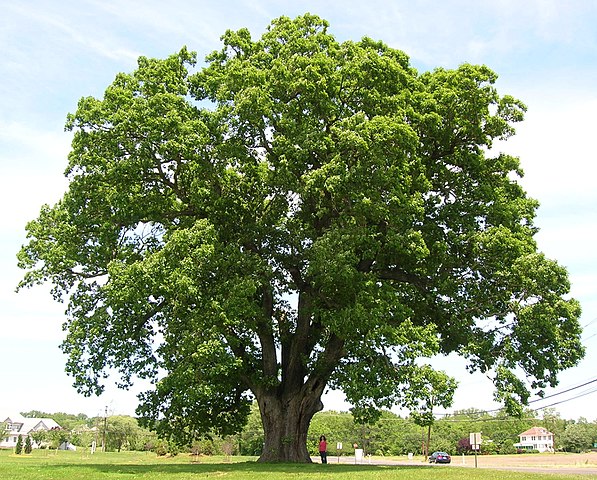
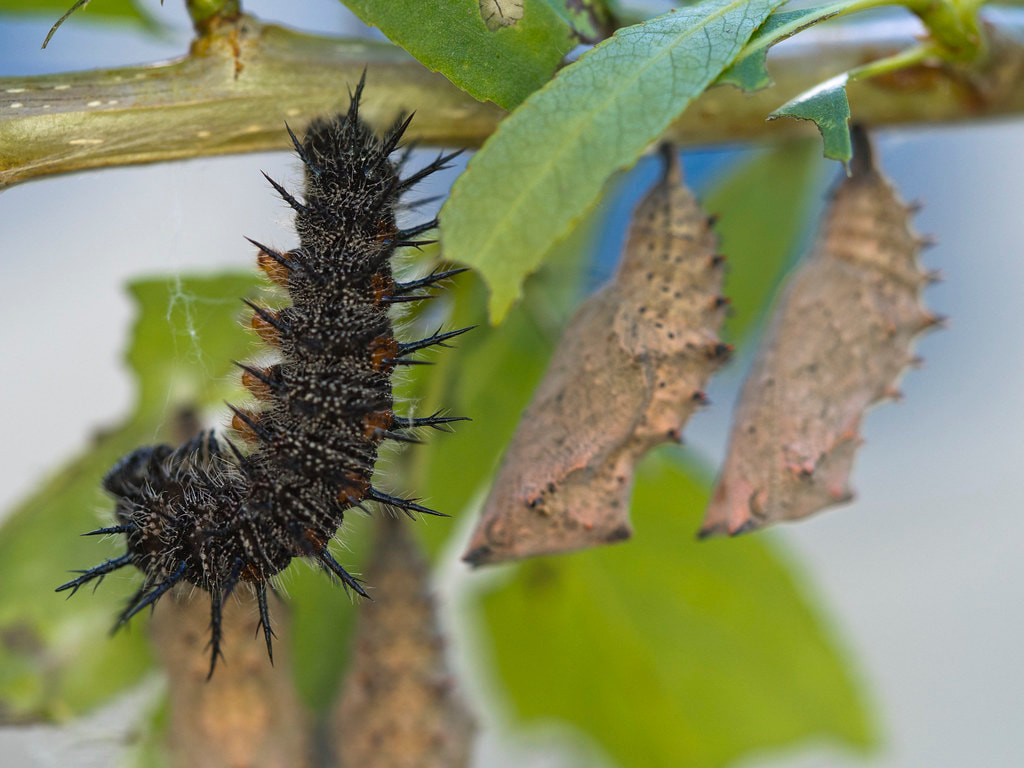

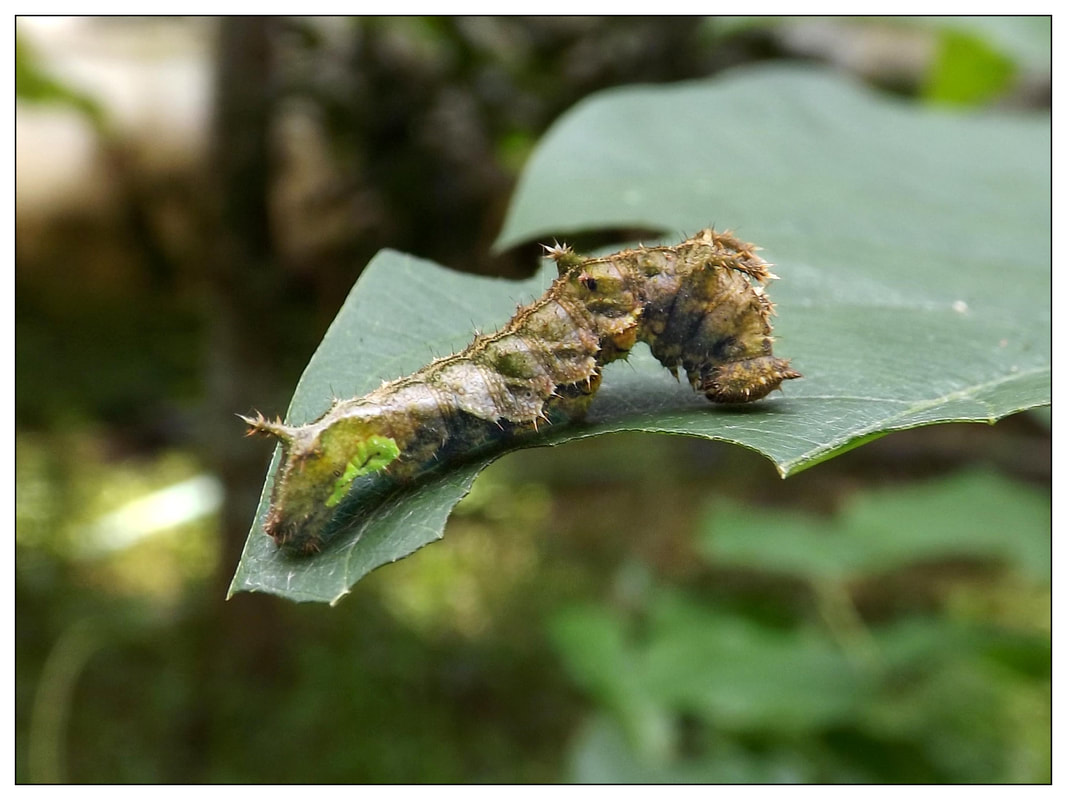

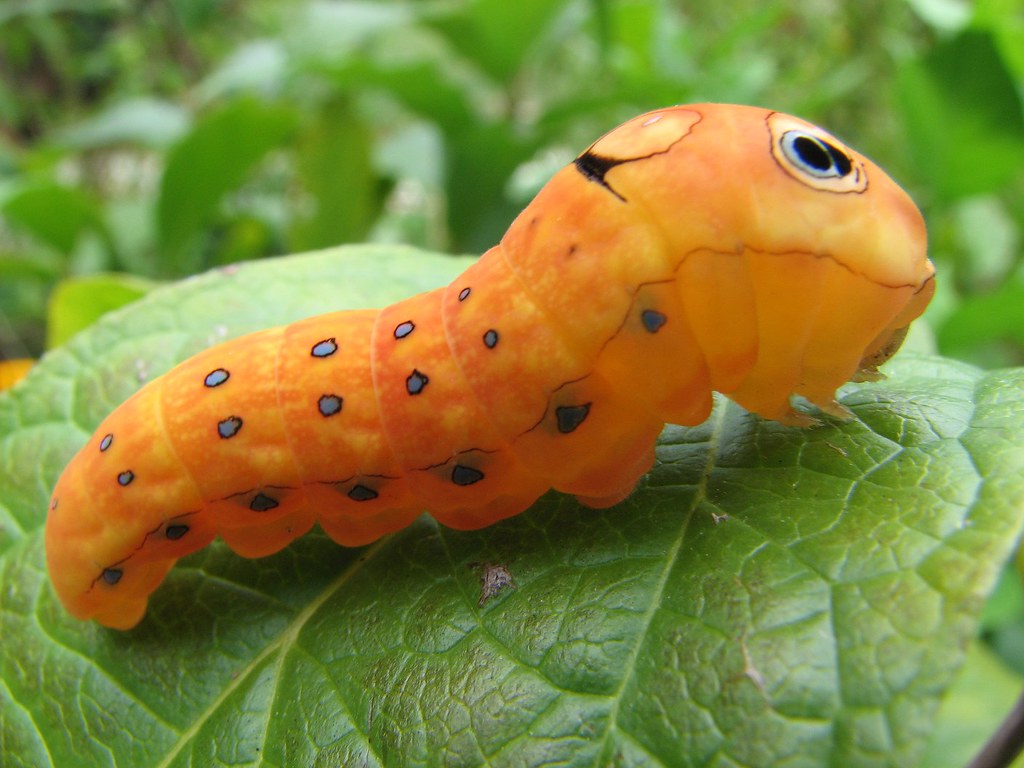
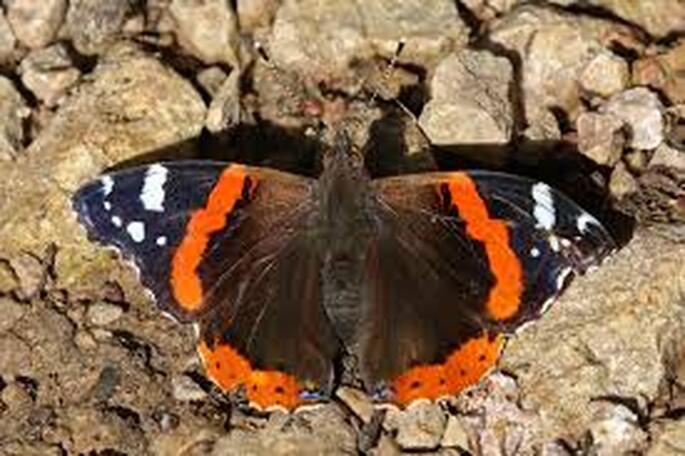
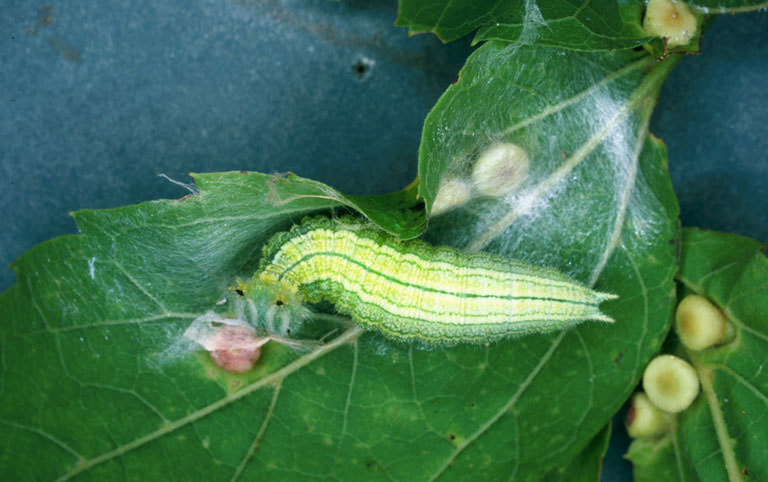

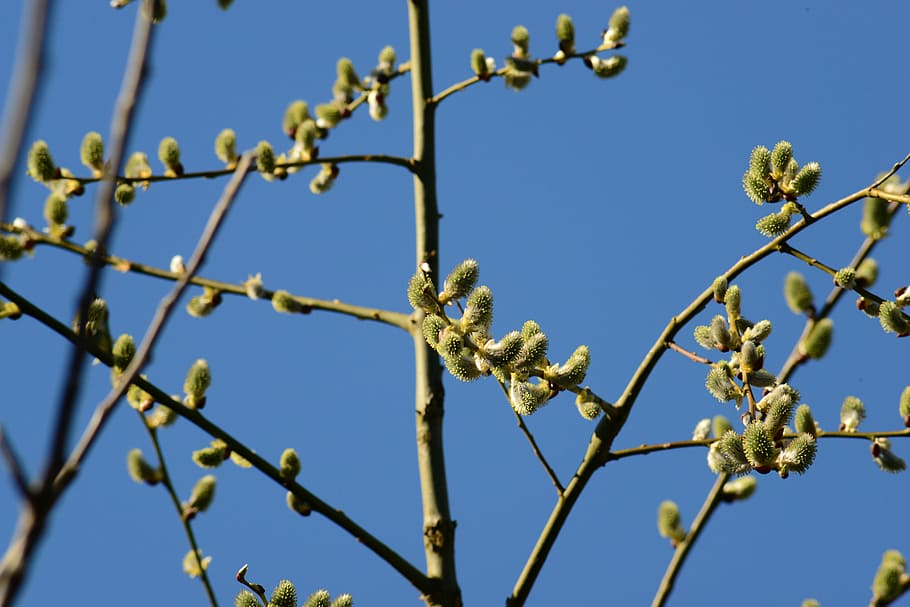
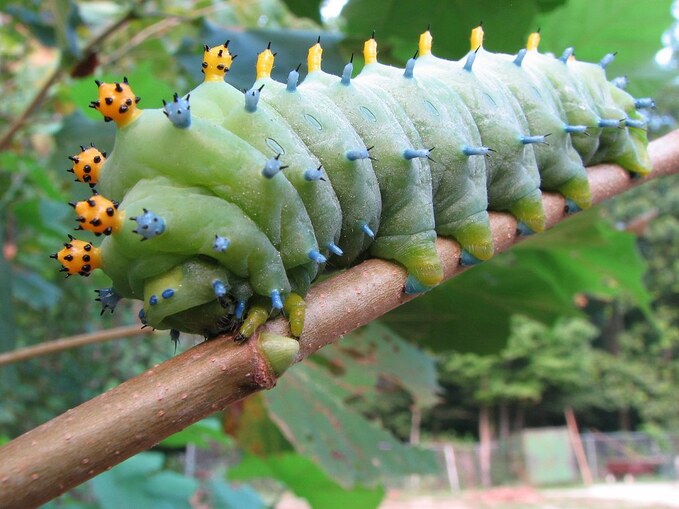
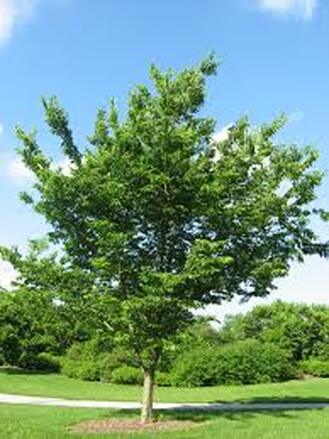
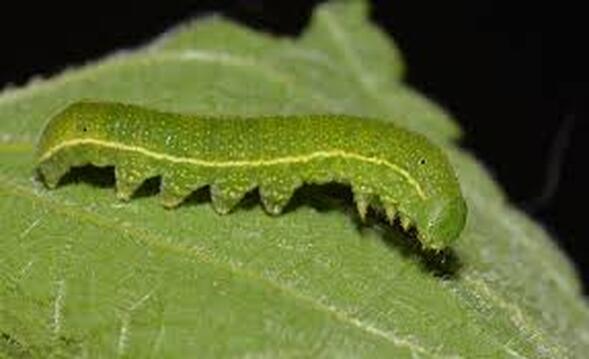
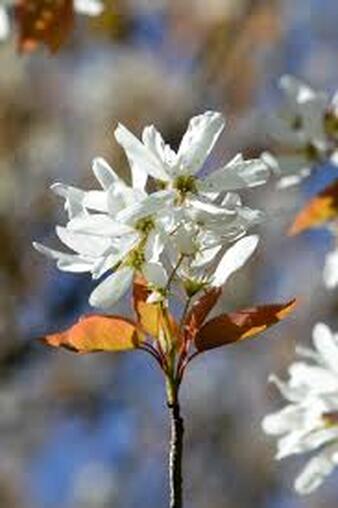
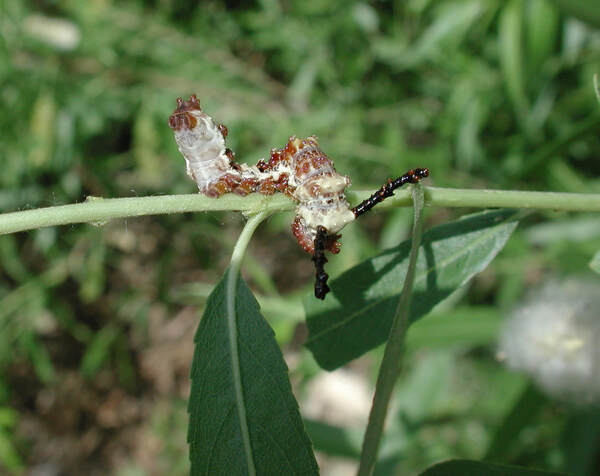

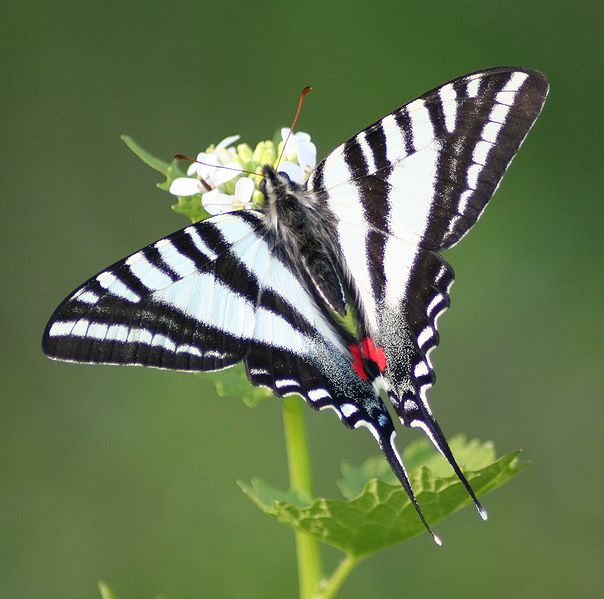
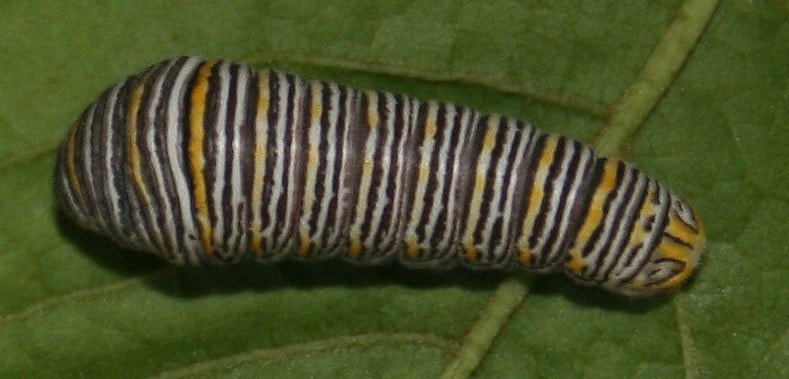

 RSS Feed
RSS Feed